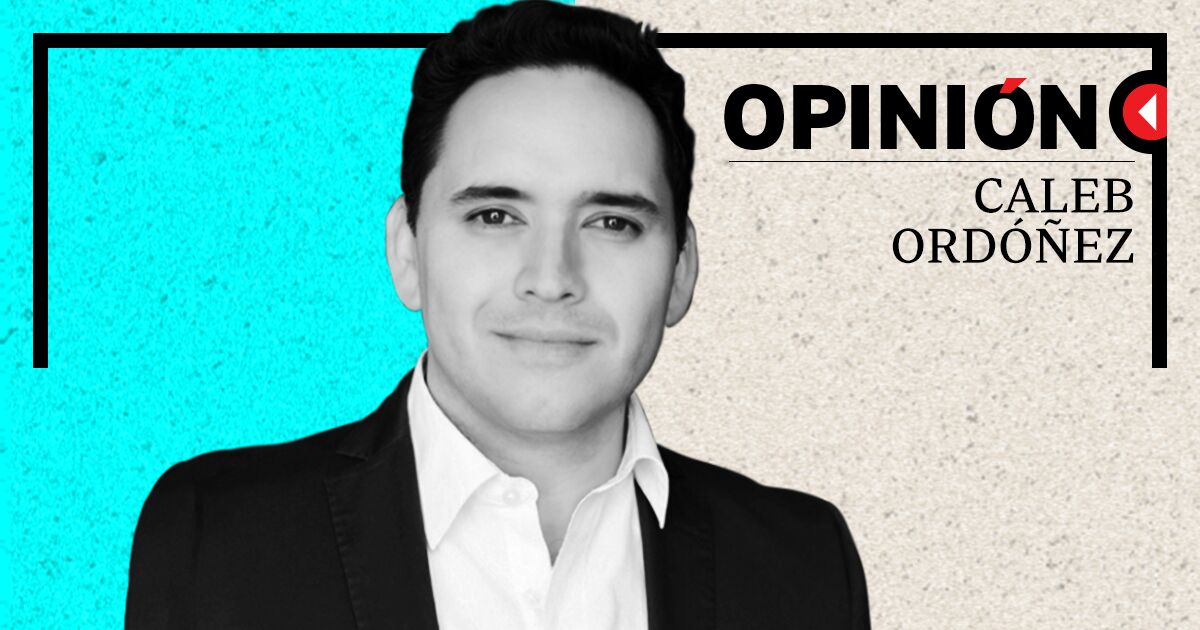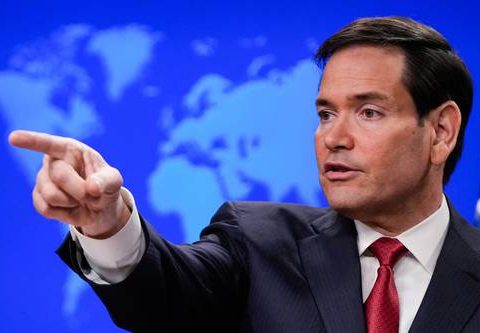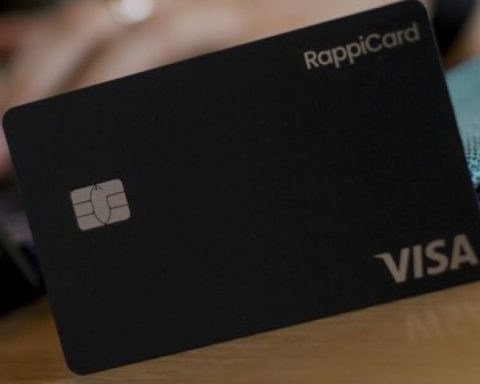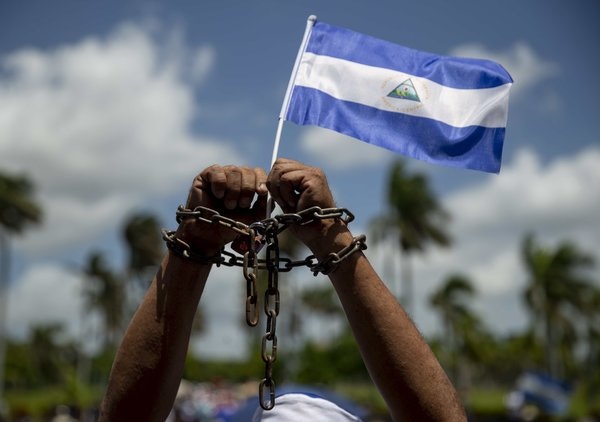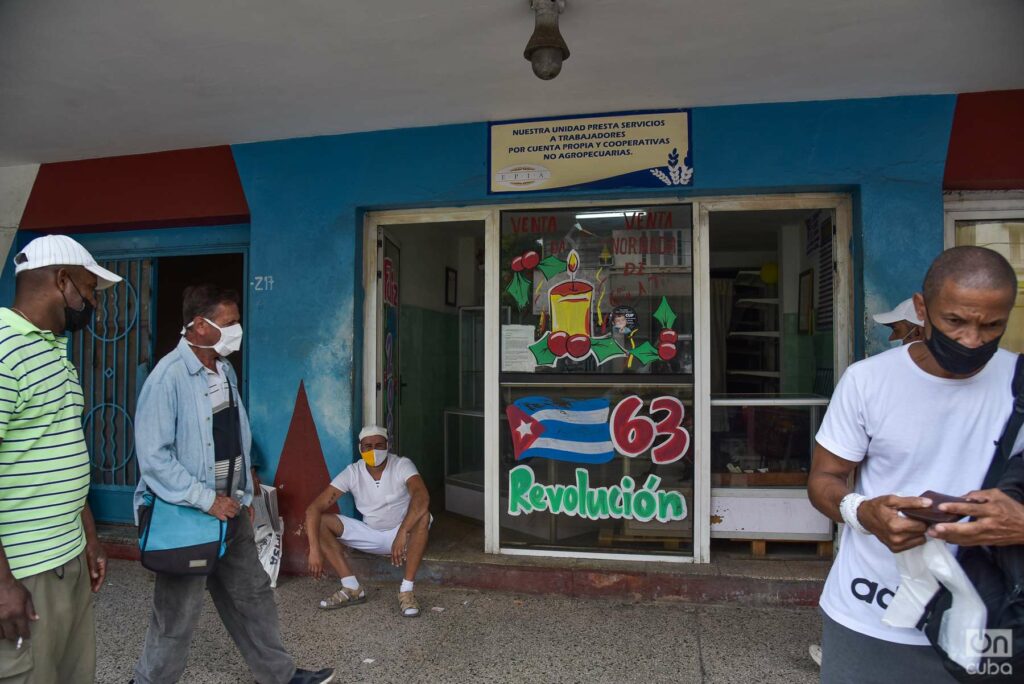Finally, social networks are millions of mini-blogs where from our platform we seek to show daily life, our way of thinking or participating in a current way in the dizzying world of the digital age.
Each multimedia resource, each word that we write, on any of the devices, is converted into millions of numbers that experts call “Big data”. A system of a very high number of data, both structured and unstructured, used by mega technology companies to get to know your own interests in depth.
Those numbers can know your tastes, state of mind, sports or religious hobbies, clothing preferences, among hundreds of etcetera, including your political positions.
Last Sunday, October 2, the general presidential elections were held in Brazil, the largest country in Latin America.
The model used by Brazilians to elect their president has a simple characteristic: the candidate who obtains more than 50% of the votes is immediately the absolute winner. If he does not reach that number, he will have to go to a second vote; the two leading candidates will meet again and whoever wins, regardless of the number of votes, will be the next president.
For years, former socialist president Luiz Inácio Lula Da Silva had been above all the polls. As the election drew closer, the numbers gave him up to 57% support, well above the 34% or 37% that the current far-right president, Jair Bolsonaro, had, according to professional polls.
Last Sunday, the leftists took it for granted that Lula would manage to exceed the 50% band “without problems”, but everything collapsed when the Labor Party candidate reached 48.4%, while Bolsonaro surprised everyone with 43.2%. The faces will be seen again on October 30, in a final round.
Bolsonaro’s Liberal party not only got oxygen, it also won the majority of the governorships, the Chamber of Deputies and the Senate.
